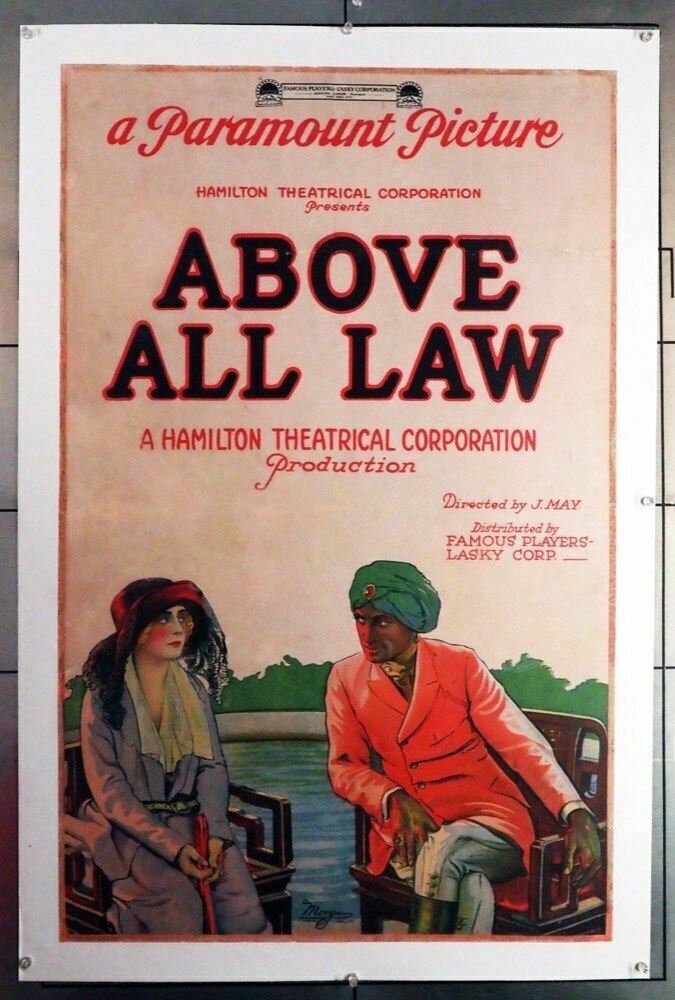-40%
Raymond Bernard's THE CHESS PLAYER (1927) (Le joueur d'échecs) LB Swedish Poster
$ 316.8
- Description
- Size Guide
Description
Vintage original 28 x 40 in. Swedish posterfrom the classic 1920's French silent film drama,
THE CHESS PLAYER
(
Le joueur d'échecs
), released in France in 1927 and
directed by Raymond Bernard
. Set in 1776, an inventor conceals a Polish nobleman in his chess-playing automaton (robot), a machine whose fame leads it to the court of the Russian empress.
This poster, which is a stone lithograph, features beautiful artwork of the main characters that includes beautiful Polish Sophie Novinska (
Édith Jéhanne
) as her lover, Boleslas Vorowski (
Pierre Blanchar
), rests his head on her breast as the turmoil of war with Russia erupts beneath them. Printed for the film's original theatrical release in Sweden, this vintage original Swedish poster was professionally linen-backed without any restoration whatsoever, as it was in immaculate condition when we acquired it, and we had it professionally linen-backed for conservation purposes only. It is in very fine+ condition without any flaws.
The Chess Player
(French:
Le Joueur d'échecs
) is a 1927 French silent film directed by Raymond Bernard and based on a novel by Henry Dupuy-Mazuel. It is a historical drama set in the late 18th century during the Russian domination of Polish Lithuania, and elements of the plot are drawn from the story of the chess-playing automaton known as The Turk.
It was
the second film which Raymond Bernard made for the Société des Films Historiques, although on this occasion, its subject matter of the Polish struggle for independence from Russia did not correspond with the company's avowed devotion to French history. Some scenes were filmed on location in Poland with the assistance of the Polish army (notably the Vilno insurrection and the large-scale cavalry charge). For many of the other spectacular locations, 35 sets were created at the studios in Joinville by Robert Mallet-Stevens and Jean Perrier; the most spectacular was the facade and courtyard of the Winter Palace, which covered some 5,000 square meters of land beside the studio. Additional special effects were provided by the British film designer W. Percy Day. Filming began on 15 March 1926 and was completed on 31 October, leaving Bernard only two months for its post-production before the premiere in January 1927.
An orchestral score was written for the film by Henri Rabaud. The gala premiere at the Marivaux cinema in Paris was a huge success and the film went on to have a first run of three months at that cinema before its general release in the summer of 1927. Audiences were particularly impressed by the spectacular cavalry charge imagined by Sophie as she sings the Polish hymn of independence. The press reception in France was generally enthusiastic. The film was released in the UK in early 1928, and in the USA in 1930 (where, however, the reviewer for
The New York Times
was unimpressed). A restoration of the film was undertaken in the 1980's, led by Kevin Brownlow and David Gill. In the absence of any definitive negative or print, it required the collaboration of several European film archives from which material in several variant copies was collated; sources in an East German archive and the Cinémathèque Municipale in Luxembourg provided the most complete material. The finished tinted print received its first screenings in London in December 1990, with Henri Rabaud's original score conducted by Carl Davis.













